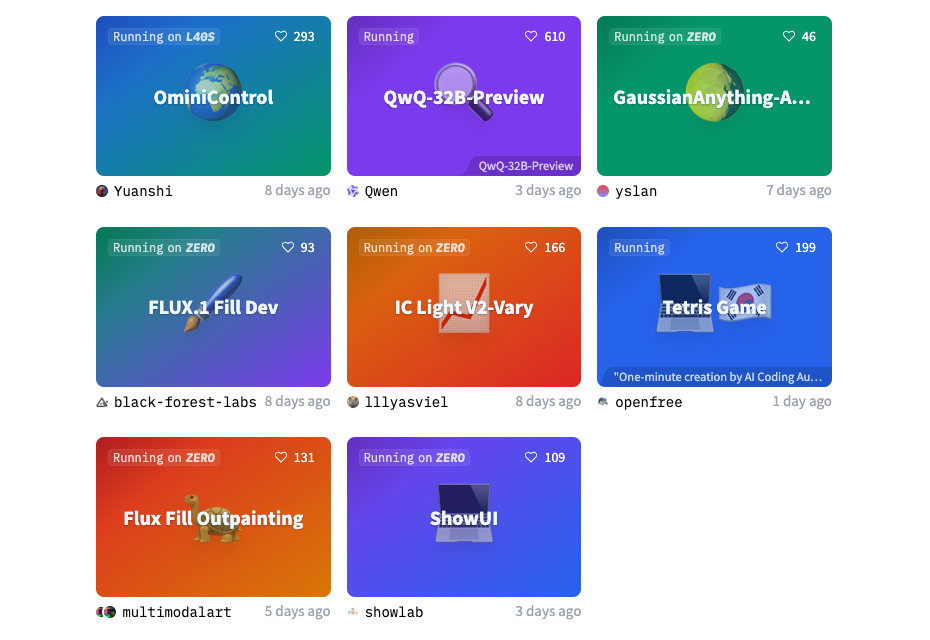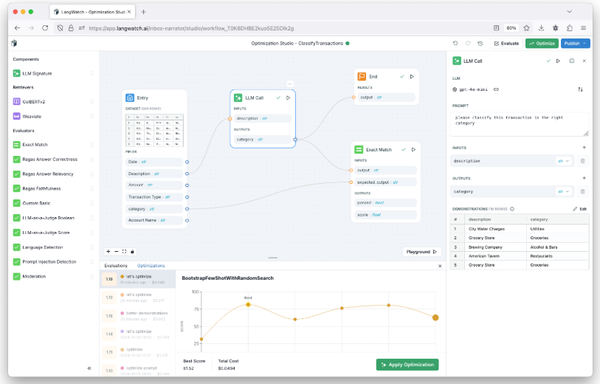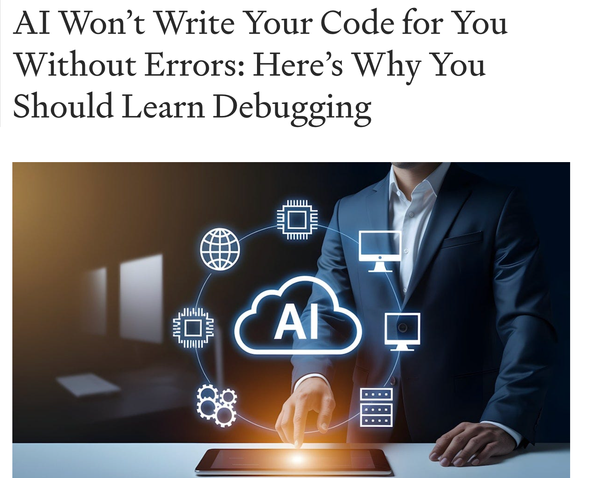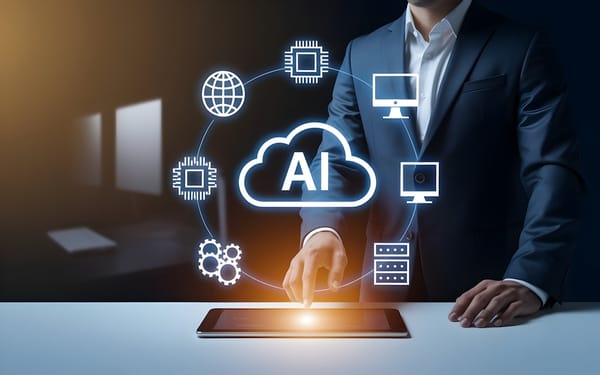Build Smarter: 11 Must-Know Open-Source Frameworks Every AI Developer Should Use
Table of Content
Building AI applications is no longer just about crafting algorithms; it’s about creating seamless, user-friendly solutions that solve real-world problems. The open-source ecosystem is rich with frameworks and tools designed to help developers, engineers, and data scientists take their AI models from concepts to polished applications.
Below, we explore 11 must-know frameworks that simplify the process of building AI apps.
Let’s dive into each one!
1. Rasa
- Rasa is an open-source framework for building conversational AI apps. If you want to build chatbots or virtual assistants, Rasa offers the perfect combination of flexibility and power.
- Features:
- Natural Language Understanding (NLU) for intent recognition and entity extraction.
- Dialogue management for creating interactive conversations.
- Easy integration with messaging platforms like Telegram, Slack, or Twilio.
- Extensible with custom machine learning models.
With Rasa, you can build contextual assistants on:
- Facebook Messenger
- Slack
- Google Hangouts
- Webex Teams
- Microsoft Bot Framework
- Rocket.Chat
- Mattermost
- Telegram
- Twilio
- Your own custom conversational channels
or voice assistants as:
- Alexa Skills
- Google Home Actions
2. Streamlit
- Streamlit is an open-source Python framework for building interactive data and AI demos. It is perfect for data scientists who want to share insights without diving deep into web development
- Features:
- Minimalist syntax—create apps with just a few lines of code.
- Prebuilt widgets like sliders, buttons, and dropdowns.
- Real-time updates for interactive applications.
- Deploy apps easily to Streamlit Cloud.
3. Shiny for Python
Shiny for Python: A framework for creating web apps focused on data visualization and AI applications. It’s an easy way to turn your AI experiments into shareable web apps with just Python.
- Features:
- Simple syntax inspired by R’s Shiny framework.
- Supports real-time interactivity and user inputs.
- Integrates with popular Python libraries for data and ML workflows.
4. Langflow
Langflow makes it easy to build and manage sophisticated AI systems without diving into too much code. It is a framework for constructing multi-agent systems and Retrieval-Augmented Generation (RAG) applications.
- Features:
- Visual interface for creating AI workflows.
- Multi-agent orchestration for complex AI systems.
- Model-agnostic design—works with a wide variety of AI models.
5. Voila
Voila is a free tool that turns Jupyter notebooks into standalone web applications. If you already love working in Jupyter, Voila is the perfect way to share your work with a wider audience.
- Features:
- No need to expose code—just the outputs and widgets.
- Seamless integration with ipywidgets for interactive controls.
- Share results in a polished, web-friendly format.
6. Gradio
Gradio is one of the easiest ways to showcase your AI models, making it ideal for demos and experimentation. In summary it is aframework for building interactive demos of machine learning models.
- Features:
- Drag-and-drop interface for creating user-friendly input and output widgets.
- Real-time testing of machine learning models.
- Deployment-ready apps with minimal configuration.
7. Hugging Face Spaces
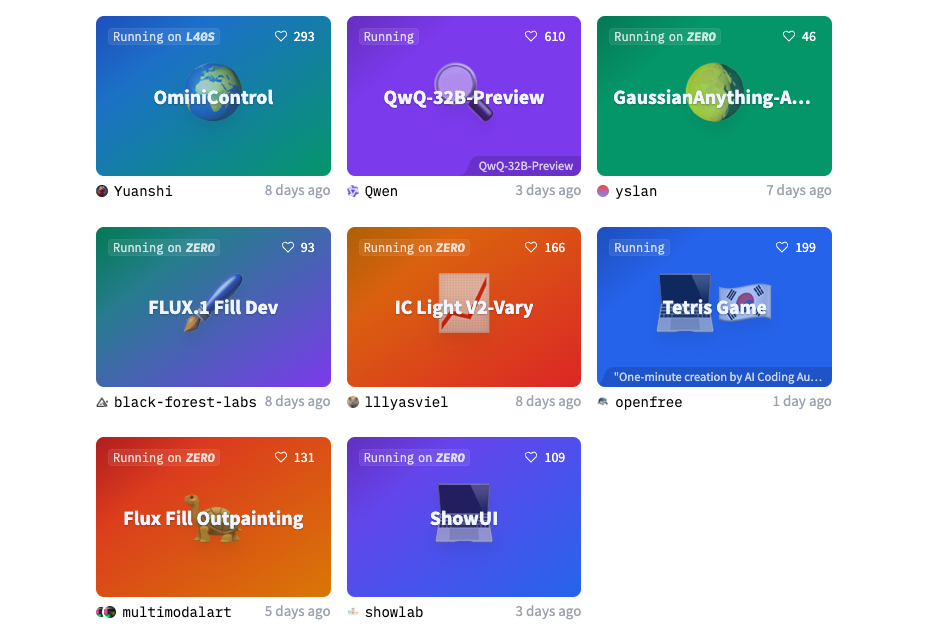
This is a platform for hosting AI apps, powered by frameworks like Gradio and Streamlit. Hosting your AI app has never been easier, especially if you’re using Hugging Face’s vast model library.
- Features:
- Free hosting for open-source projects.
- Pre-integrated with Hugging Face Transformers.
- Collaborative environment for sharing and refining AI apps.
8. ScrapeGraphAI
ScrapeGraphAI is a web scraping library that uses Large Language Models (LLMs) and graph logic. It is an ideal choice for data collection tasks, allowing you to leverage AI for smarter web scraping.
- Features:
- Build intelligent scraping pipelines for websites, documents, and XML files.
- Specify what you need to extract using natural language.
- Optimized for efficiency and accuracy.
9. Gaia
Gaia is your all-in-one solution for end-to-end AI development. It is a free open-source framework for building and deploying AI models.
- Features:
- Tools for model training, evaluation, and deployment.
- Streamlined workflow for AI app development.
- Extensible with plugins and integrations.
10. Mirascope
Mirascope is a powerful, flexible, and user-friendly library that simplifies the process of working with LLMs through a unified interface that works across various supported providers, including OpenAI, Anthropic, Mistral, Gemini, Groq, Cohere, LiteLLM, Azure AI, Vertex AI, and Bedrock.
Mirascope gives you the right level of abstraction to focus on solving problems instead of reinventing the wheel.
- Features:
- Modular and extensible for various use cases.
- Easy integration with existing AI workflows.
- Reliable for managing complex LLM-based systems.
11. Liner.ai
Liner.ai is designed for accessibility, making it a great choice for teams with varying levels of technical expertise.
In summary, it is a no-code platform for training machine learning models.
- Features:
- Intuitive interface for data import and model setup.
- Supports deployment across multiple platforms.
- Prebuilt templates for common use cases.
Why These Tools Matter
The tools listed above empower you to:
- Simplify Development: Build AI-powered apps faster with less code.
- Collaborate Effectively: Share models and results with teams or clients.
- Expand Capabilities: Integrate AI into a variety of workflows, from chatbots to data visualization and web scraping.
The open-source tools and frameworks we’ve explored offer AI developers, engineers, and data scientists a clear path to transforming ideas into impactful applications. Whether it’s simplifying development, enabling collaboration, or expanding AI’s reach across diverse workflows—these frameworks are the building blocks of smarter, more efficient AI solutions.
Now it’s your turn: explore, experiment, and innovate. With this collection of tools in your arsenal, there’s no limit to what you can build. And if you’ve got a favorite framework or tool we missed, let us know—we’d love to hear about it!

